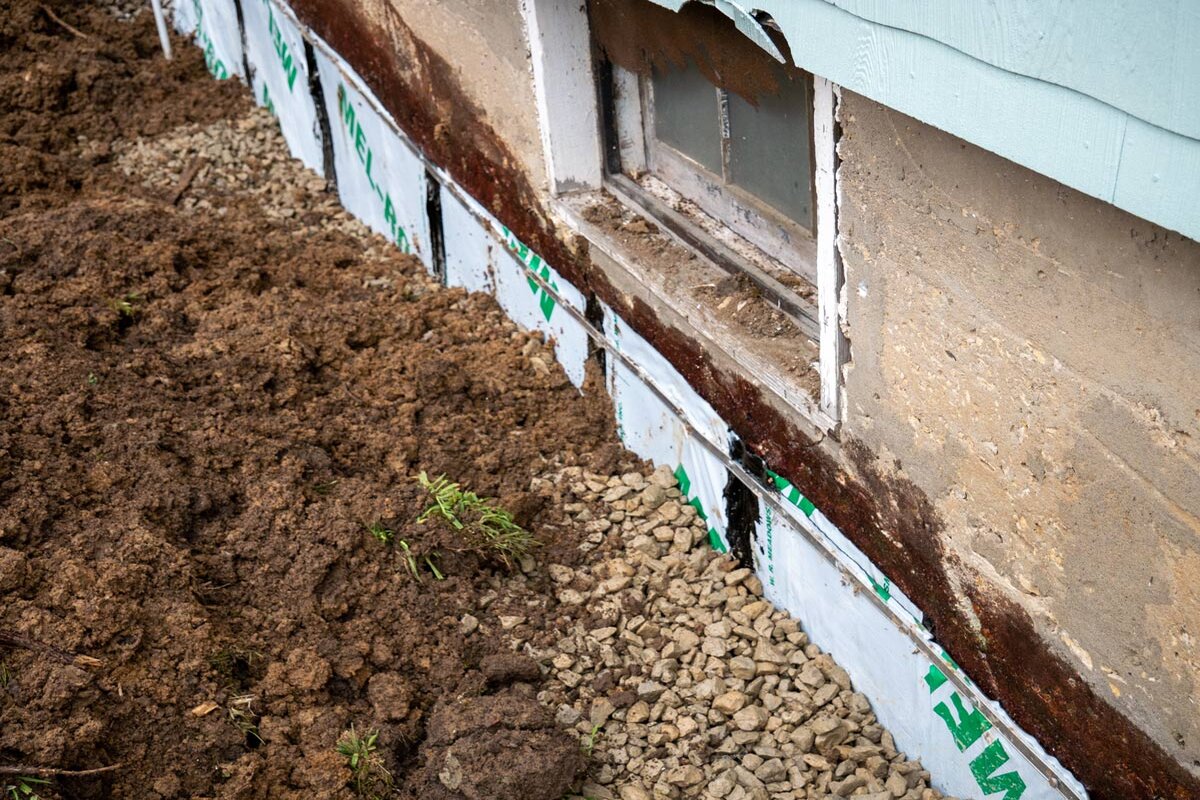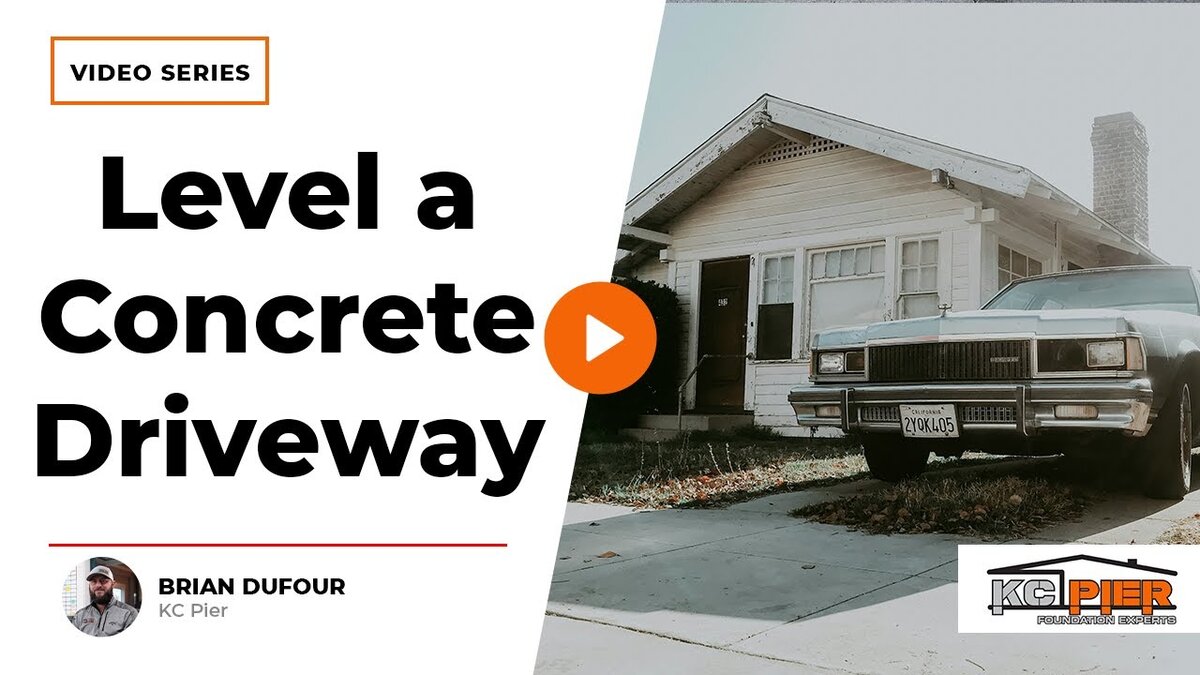“Why does my home feel like it’s moving?” If you’ve noticed cracks in the walls, doors that won’t close, or uneven floors, you’re not imagining things—foundations shift over time, and this movement can lead to significant structural damage if left unaddressed.
In this blog, we’ll explore why foundations shift, the hidden forces behind this movement, practical steps to prevent further damage, and proven methods to fix the issue.
Causes of Foundation Shifting
Understanding why foundations shift is the first step in addressing the issue. Foundations shift for various reasons, including:
1. Water Imbalance Around the Foundation
Too much or too little water around your foundation can cause significant problems. Excess water can lead to soil erosion, while a lack of water can cause the soil to contract. Both conditions can result in a shifting foundation.
2. Large Trees Near the Property
Massive trees planted too close to the property can be another culprit. The roots of these trees extend underneath the property, pulling moisture from the soil. As the clay soil contracts and expands, it causes the foundation to shift along with it.
3. Soil Composition
Clay soil, often described as gumbo soil, bonds tightly and behaves differently with moisture changes. When it dries out, it contracts, pulling the foundation with it. Conversely, when it absorbs water, it expands, pushing against the foundation.
How to Prevent Foundation Shifting
Preventing foundation shifting requires proactive measures. Here are some effective strategies to ensure your foundation remains stable:
1. Watering Your Foundation
Surprisingly, one of the best ways to prevent your house from shifting and settling is to water your foundation. Here’s how:
- Use Soaker Hoses: Place soaker hoses approximately 8 to 10 inches away from the house. Avoid placing them directly on the foundation to prevent water accumulation too quickly.
- Gradual Water Addition: Soaker hoses allow for a gradual addition of water, helping the soil expand and close the gaps next to the house. This method ensures the heat doesn’t continue to follow the cracks created over time, which pulls the soil away from the foundation and causes settling.
2. Dealing with a Settling House
If your house is already settling or shifting, consider installing concentrically loaded piers or helical piers underneath the house. These support systems can either recover the area that has settled or provide support to prevent further shifting.
3. Maintenance of a New House
Maintaining a new house involves understanding the previous owner’s maintenance habits. If you inherit a house with negative drainage, adding soil might help, but it can also remove water from already expanded soil, causing it to shrink. Therefore, grading and using a soaker hose simultaneously is essential.
How to Fix a Shifting Foundation
When your foundation starts to show signs of shifting, it’s crucial to act quickly. Here’s a step-by-step guide to fixing the problem:
1. Identify the Problem Areas
Look for signs such as cracks in the walls, uneven floors, or doors and windows that don’t close properly. These are indicators that your foundation might be shifting.
2. Consult a Professional
Hire a foundation specialist to assess the damage and recommend the best course of action. They can determine whether you need piers installed or if other methods will suffice.
3. Install Support Systems
If needed, have concentrically loaded piers or helical piers installed. These systems provide the necessary support to stabilize your foundation and prevent further shifting.
4. Regular Maintenance
After fixing the foundation, regular maintenance is crucial. This includes watering your foundation as mentioned earlier, ensuring proper drainage, and keeping large trees away from your property.
In Summary
Understanding why foundations shift is crucial as it is a common issue that can lead to severe structural problems if not addressed promptly. By recognizing the causes and taking preventive measures like watering your foundation and installing support systems, you can maintain a stable and secure home.
If you notice signs of a shifting foundation, don’t hesitate to contact us for professional assistance.






